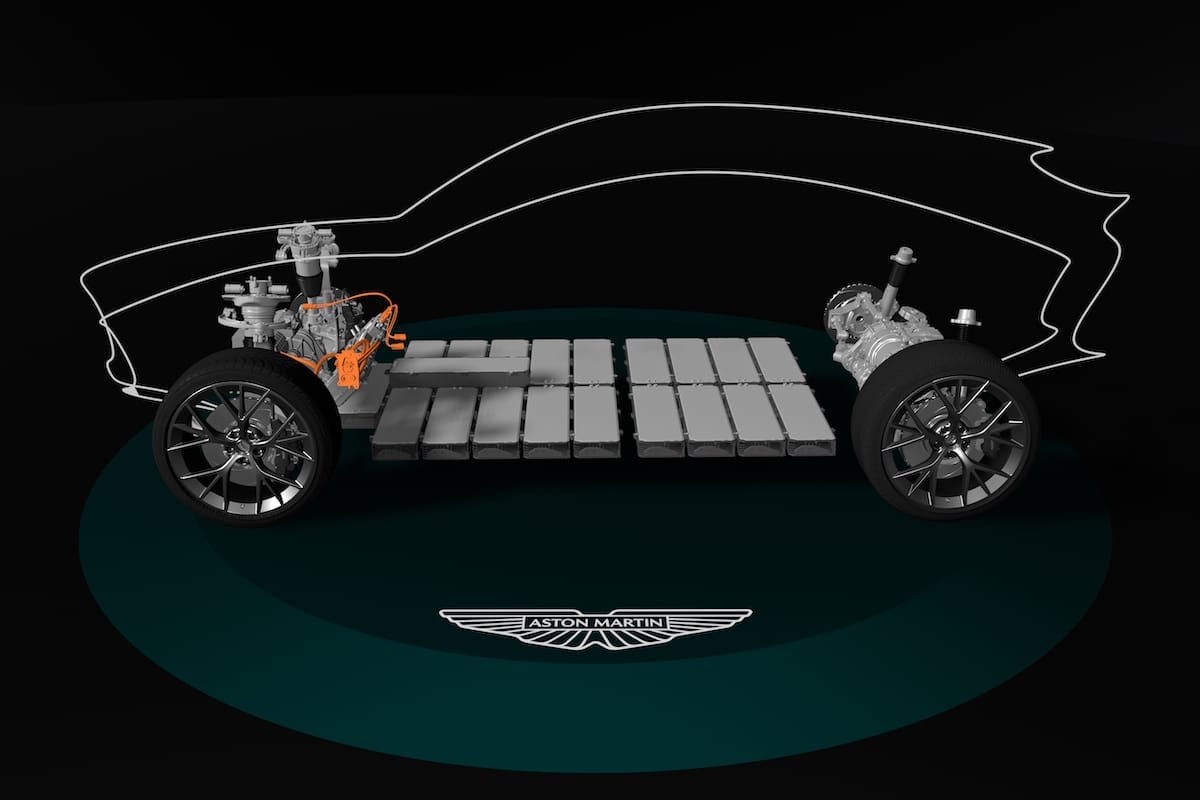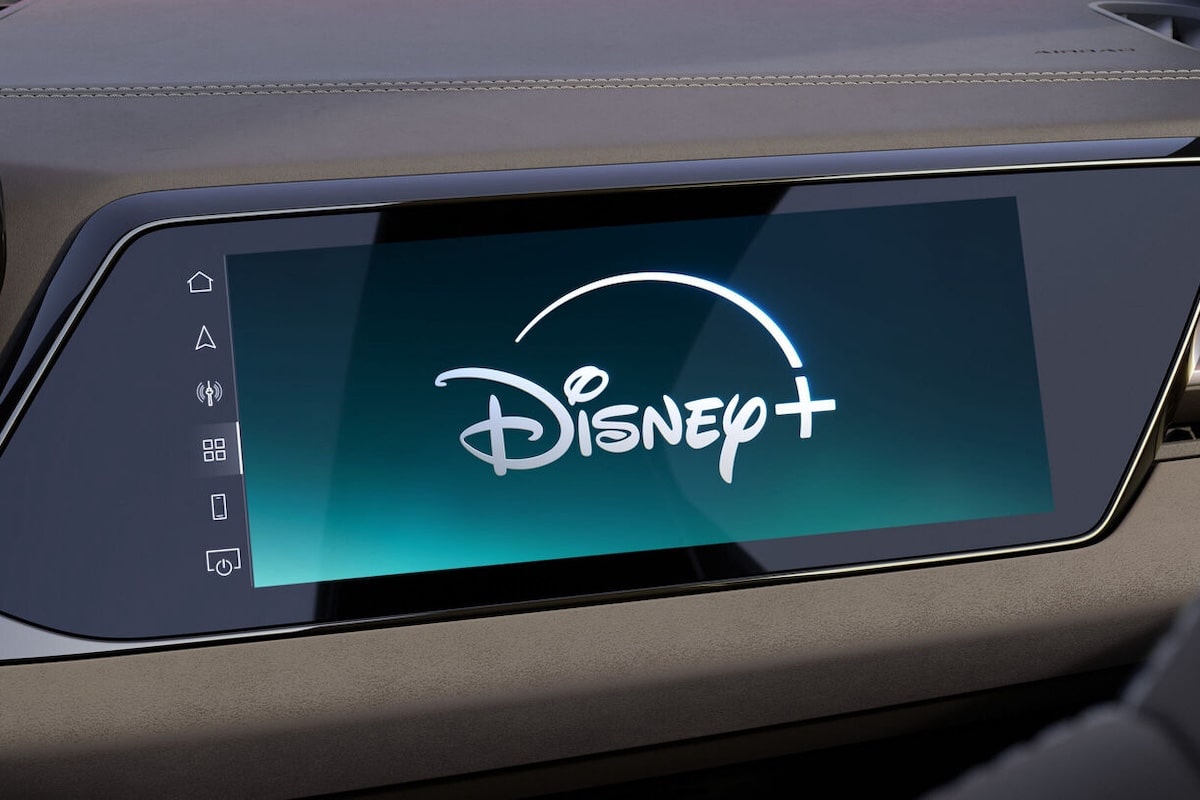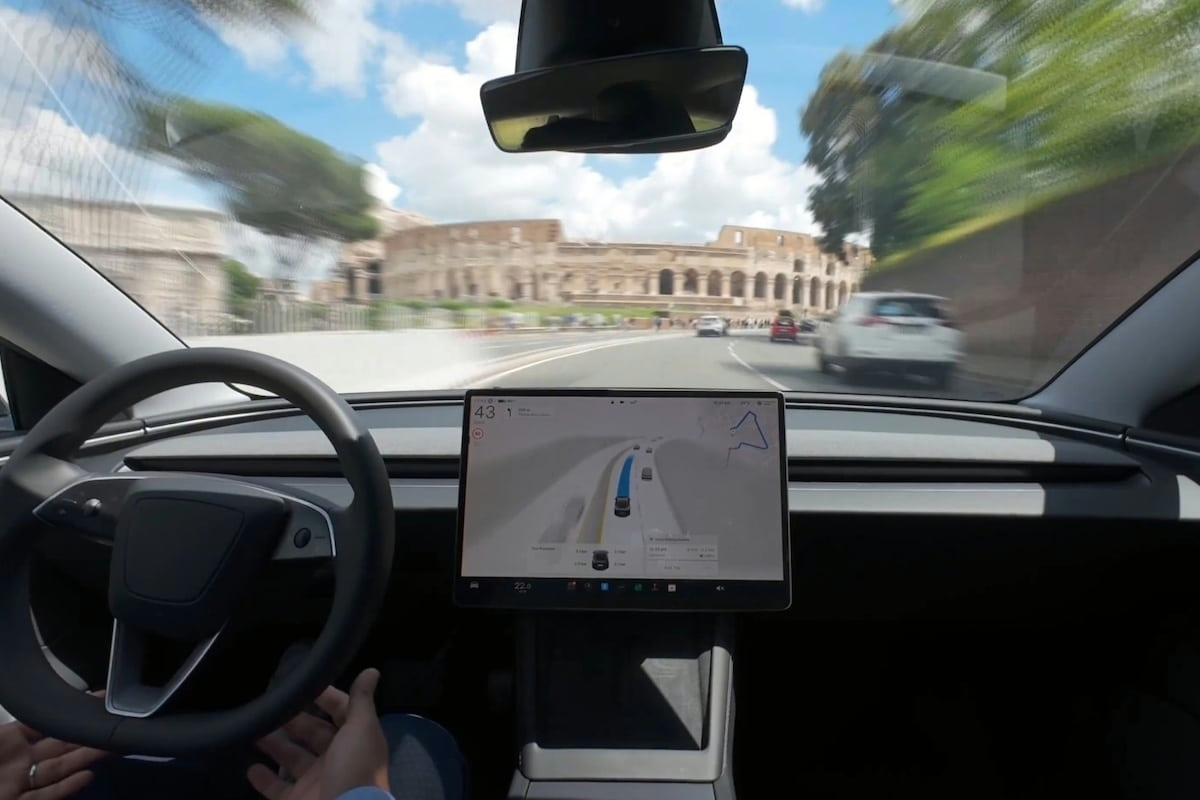Aston Martin hits the British jackpot

The electrification strategy undertaken by Aston Martin is paying off with significant financial support from the UK government.
Aston Martin received a government funding of £9 million through the Advanced Propulsion Centre UK (APC) to support research and development of an innovative platform dedicated to its future battery electric vehicles (BEVs).
Focus on 2026
Aston Martin CEO, Lawrence Stroll, had assured in early 2023 that all cars produced by the brand would be hybrid or electric by 2026. The tunnel’s end is finally in sight, bringing the prospect of a bright future for a brand that had been struggling financially for over 10 years. Since then, the success of the DBX SUV has boosted the manufacturer, which has finally been able to commercialize its two flagship hybrids, Valkyrie and Valhalla, electrified hypercars of all superlatives.
This government grant, awarded following a competitive process, rewards the manufacturer’s efforts and supports the development of Aston Martin’s luxury BEV platform. The goal remains to achieve carbon neutrality in the very short term through environmentally friendly powertrains, but also by investing in vehicle lightweighting and training British staff in electrification. In exchange, the British manufacturer, known to the spy favored by the late Queen Elizabeth II, has committed to invest £2 billion over the next five years to support the transition from internal combustion engines to high-performance electric technology. Aston Martin also announced the launch of the ELEVATION project developed in partnership with the University of Warwick. It aims to address technical challenges related to developing a lightweight 800 V battery pack and a dedicated powertrain that can equip both a supercar and an SUV.
Aston Martin full throttle
By early 2025, the brand’s first 100% electric vehicle is expected to make its debut, or rather its grille. One year before the shift to 100% electric, which aims to have a fully electrified main lineup by 2030.
This page is translated from the original post "Aston Martin touche le Jackpot anglais" in French.
We also suggestthese articles:
Also read






